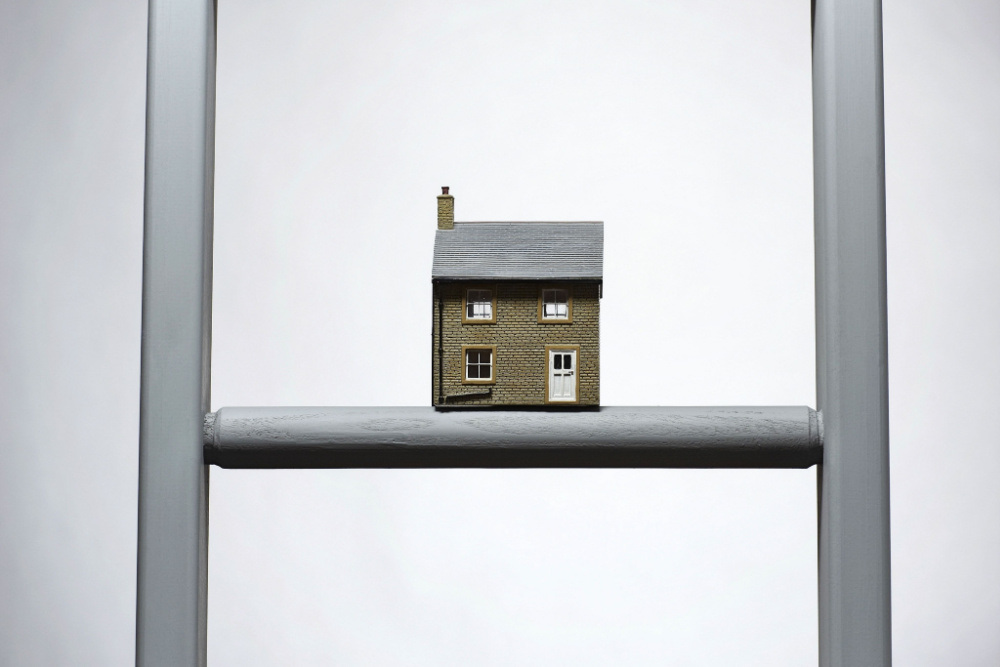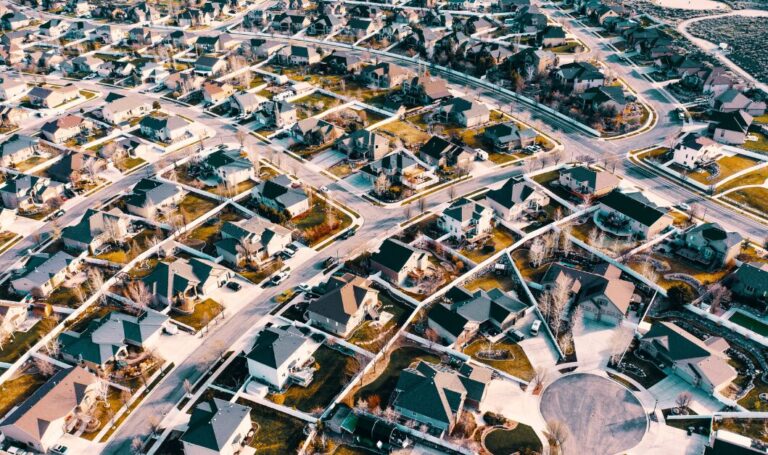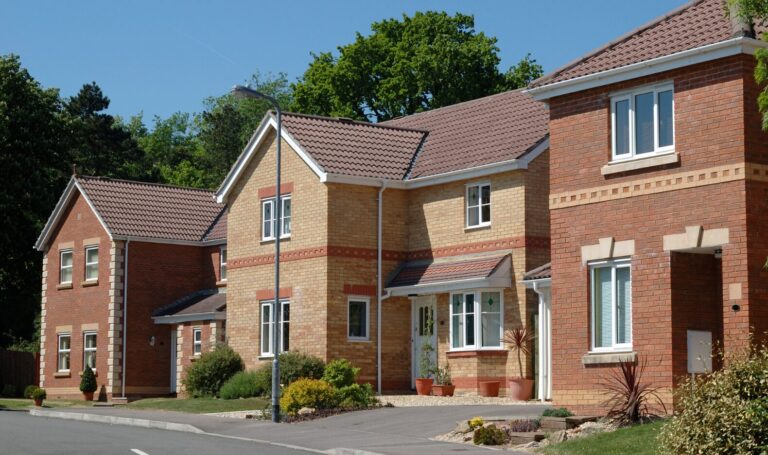Buying a property is the single largest investment you’ll ever make.
So, making sure that what you’re buying is in good condition is vital.
A property survey can do exactly that, but you may be unsure about which survey to have.
This guide explains everything you need to know about the different types of property survey, how much they cost and what you can expect.
What is a property survey?
A property survey is an assessment and inspection of a property’s condition, which can help flag up potential issues to a buyer before they complete their purchase.
Surveys are usually carried out on behalf of buyers during the conveyancing phase, once they’ve had an offer accepted by a seller.
House surveys when buying
You’ll be able to choose between several types of survey, depending on which you feel is most appropriate for the property you’re buying.
The Royal Institution of Chartered Surveyors offers three levels of property survey, while the Residential Property Surveyors Association (RPSA) offers two – the Home Condition Survey and the Building Survey.
House surveys usually cost between £400 and £1,500, depending on the type of survey you choose and the value of the property you’re buying.
1. Condition Report (RICS Level One)
The Condition report (RICS Level One) is a basic survey that highlights a property’s general condition as well as any major issues.
A Condition Report doesn’t go into major detail and uses a traffic light system to provide a condition rating of each part of the property.
What does a Condition Report include?
During a Condition Report (RICS Level One), the surveyor will:
- Inspect the interior and exterior of the property and any outbuildings
- Look at the roof and roof structure
- Inspect the accessible and visual elements of the gas, water, and electricity supplies
- Look at the condition of boundary fences and walls
How much does it cost?
A Condition Report (RICS Level One) usually costs between £400 and £900, depending on the value of the property.
What properties is it suitable for?
A Condition Report (RICS Level One) is suitable for new build properties, or homes in good condition that are less than 50 years old.
2. Homebuyer Report (RICS Level Two / RPSA Home Condition Survey)
A Homebuyer Report (RICS Level Two) provides you with more detail on the property compared with a Condition Report (RICS Level One).
The surveyor will also provide guidance on potential repairs for any issues they find and will highlight anything that isn’t in line with existing building regulations.
What does a Homebuyer Report include?
During a Homebuyer Report (RICS Level Two) survey, the surveyor will:
- Provide detail on the property’s background and its location
- Inspect all accessible and visual elements of gas, water, and electrical installations
- Look at the condition of walls, fences, and other boundaries
- Undertake damp tests on walls and inspect damp-proofing elements
- Inspect drainage systems
- Look at the property’s timber structure, highlighting issues with rot
- Highlight issues which could affect the property’s value
- Provide guidance on the cost of repairs in relation to major issues
How much does it cost?
A Homebuyer Report (RICS Level Two) usually costs between £500 and £1,000 depending on the value of the property.
What properties is it suitable for?
The Homebuyer Report (RICS Level Two) is the most common survey selected by buyers and is suitable for most properties of less than 50 years old that are in sound condition.
3. Building Survey (RICS Level Three / RPSA Building Survey)
A Building Survey (RICS Level Three) is the most detailed survey available and is a thorough inspection of a property’s structure.
Unlike the Homebuyers Report (RICS Level Two) and Condition Report (RICS Level One), the surveyor will inspect all areas of the property – not just those that are visible.
What does a Building Survey include?
During a Building Survey, the surveyor will:
- Inspect all aspects of the property’s structure, including the roof space, chimneys, windows, doors and under floorboards
- Look at all outbuildings and garages
- Provide detailed guidance on risks or major work required to bring the property up to standard
- Supply projected costs and timeframes to remedy any major defects
- Allow you to highlight specific areas of the property you want extra attention on during the survey
How much does it cost?
A Building Survey (RICS Level Three) usually costs between £750 and £1,500 depending on the value of the property.
What properties is it suitable for?
Building Surveys (RICS Level Three) are most suitable for older properties, usually those build more than 50 years ago.
The survey can also be a good option for unusual properties or those visually in poor condition.
Other types of building survey
1. Asbestos survey
An asbestos survey may be required if a Condition Report (RICS Level One) or Homebuyer Report (RICS Level Two) highlights the potential presence of asbestos.
During an asbestos survey, a surveyor will remove some samples of the suspected material and take them away for testing.
They’ll then provide guidance on the costs of removing the substance if it’s confirmed as asbestos.
2. Roof survey
Both the Condition Survey (RICS Level One) and Homebuyer Report (RICS Level Two) include an inspection of the visual elements of a property’s roof.
A separate roof survey may be recommended if the surveyor highlights any major issues.
3. Party Wall survey
A Party Wall survey is sometimes required when the owner of a semi-detached or terraced property wishes to carry out work that could affect the adjoining wall between two homes.
It can also include boundary walls for external work.
The person wishing to carry out the work must serve the neighbouring property with two months’ notice of work commencing.
If the neighbouring home rejects the planned work or fails to respond, one or more Party Wall surveyors must draw up what’s known as an Award.
This details everything the person wishing to carry out the work must adhere to.
4. Subsidence investigation survey
A Building Survey (RICS Level Three) is thorough enough to highlight any signs of subsidence, which is when the ground beneath a property starts to sink.
A Homebuyer Report (RICS Level Two) may also discover obvious signs of subsidence, but a subsidence investigation survey may be required to provide more detail on the problem.
5. Structural engineering survey
Structural engineering surveys are most common when a property requires a more detailed structural inspection following a Homebuyer Report (RICS Level Two) or Building Survey (RICS Level Three).
Signs of structural weakness or subsidence can create the need for a structural engineering survey.
How long does a survey take on a house?
A Condition Report (RICS Level One) will usually take between one and two hours to complete.
A Homebuyers Survey (RICS Level Two), however, can take up to four hours depending on the size of the property.
A full structural Building Survey (RICS Level Three), meanwhile, could take between three and eight hours to complete, due to the level of detail.
What happens after a house survey?
Regardless of which level survey you choose, you should have the surveyor’s full report within a week-to-10 days.
Once you have the surveyor’s report, you should contact them to discuss anything you’re concerned about.
Ultimately, the decision on whether to proceed with your purchase is down to you and the results of your survey will help you to make that decision.
Frequently asked questions
What can fail a house survey?
There’s no such thing as a house survey ‘fail’, but some of the most common issues to be highlighted on surveyor reports include:
- Damp
- Dry rot or other timber issues
- Electrical problems
- Inadequate insulation
- Japanese Knotweed
Are house surveys worth it?
Having a survey can tell you about problems with the property you’re buying before you’re committed to buying it.
This means you’ll be able to make an informed decision on whether to proceed with your purchase.
Is it okay to buy a house without a survey?
It’s possible to buy a property without having a survey, but doing so could mean you’re making a costly investment.
A property survey can give you peace of mind that what you’re buying is structurally sound and in good condition – or highlight potentially expensive problems before you commit.
Having a survey isn’t mandatory in England or Wales, but in Scotland, sellers are legally obligated to provide a Home Report for potential buyers.
Do solicitors arrange house survey?
In England and Wales, it’s the responsibility of the buyer to arrange a survey, if they wish to have one carried out.
In Scotland, the seller must arrange a survey, known as a Home Report, which is distributed to potential buyers when the property goes on the market.
At what point should you get a house survey?
It can be a good idea to arrange a survey as soon as your offer on a property is accepted by the seller.
Further reading…
The real cost of buying a house
The step-by-step process of buying a house





